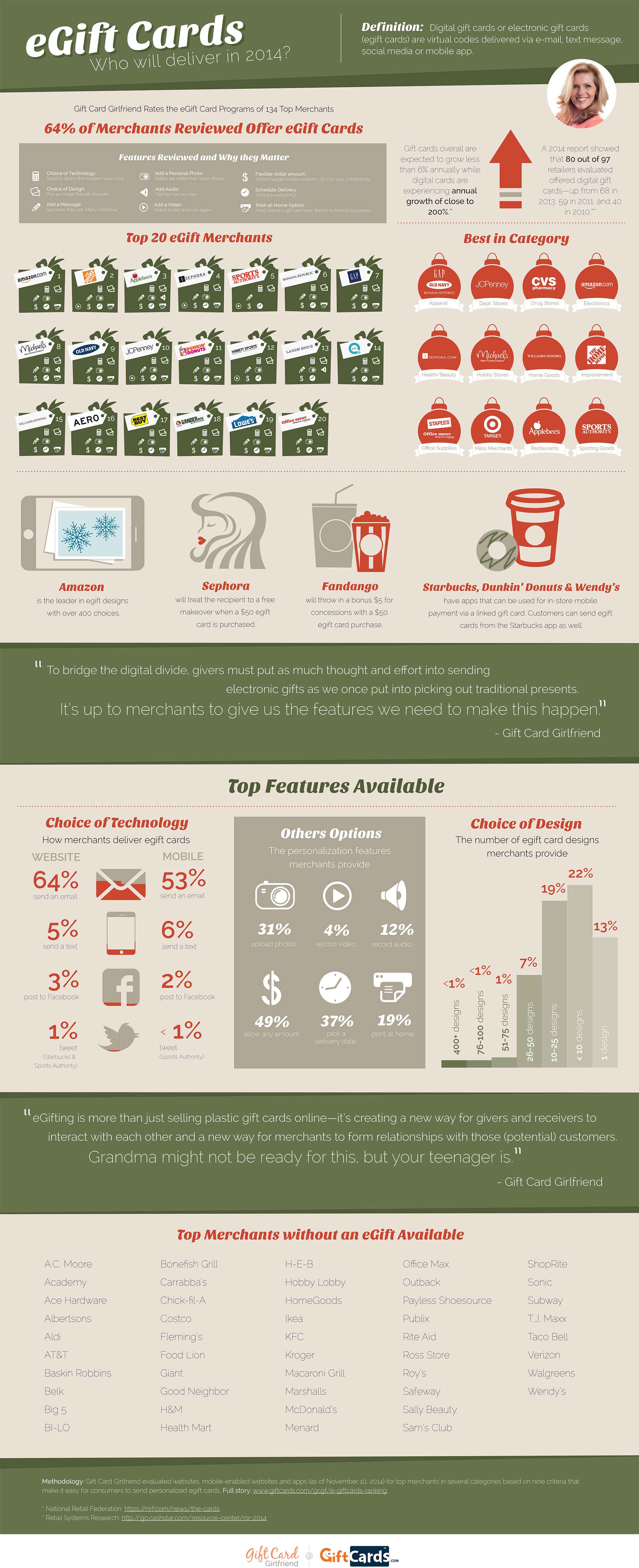Laser etching on glass can add colorful, personalized designs to a range of items. This versatility is among the primary benefits of laser modern technology over other engraving strategies.
Prior to you etch your glass items with the laser, know a couple of typical issues that can emerge. These ideas will aid you accomplish the best outcomes possible.
Exactly How Laser Engraving Functions
Laser engraving is a preferred technique for etching and customizing items. It is a procedure that can be done on a wide variety of products, including glass, timber and metal. Laser etching machines can create very thorough designs, with great lines and precise cuts. Utilizing this technique, you can produce custom awards and various other products that make sure to excite.
To accomplish the wanted results, initially, you will require to conceive the design. This will certainly aid you to choose what kind of photo or message you want to engrave on the surface. Then, you will need to transform your idea right into an electronic visuals. This can be performed with visuals style software, such as Adobe Illustrator or Inkscape, and after that conserved into a documents style that is compatible with your laser engraver.
When the etching data are prepared, it is time to start preparing the material for laser marking. This can be done by applying a black mask that is developed particularly for laser use. The dark shade of the mask shows laser light, and assists to reduce any type of heat that would or else harm the surface area.
Restricting Damaging
When the laser light beam strikes the surface area of glass it promptly heats up the material up. The sudden heating causes tiny cracks to the surface area. The cracks and fractures create the look of inscription, etching or frosted glass.
The varying compositions of different sorts of glass can influence just how the material reacts to the laser. It is essential to thoroughly test your laser setups on an example item of glass before starting a work. Exact focus is likewise critical for clean, regular outcomes.
To boost the top quality of your inscriptions attempt utilizing a dark paper to safeguard the glass from the laser. The specialized dark paper has a covering that takes in the laser power and enables the engraving to occur. The dark paper can be eliminated once the inscription is total. It is likewise suggested to use a reduced resolution and decrease the quantity of black in the graphics as this will certainly help reduce micro-fracturing. A Jarvis dithering pattern can also be related to the visuals in the laser chauffeur setups to randomize and separate the dots of the design and more minimize the amount of micro-fracturing.
Preparing the Surface area
Laser marking on glass and plastic offers a wide range of useful uses, from item traceability (like day codes or great deal numbers) to 3D noting within the material itself. It's also made best engraved wine glasses use of for design and design in industries such as the vehicle, food, and telecommunication industries.
Obtaining great arise from laser engraving on glass depends in part on the prep work of the surface. Keeping the material clean of dirt and grease aids the laser penetrate much deeper and better. Covering up the surface with a paper towel or paper a little larger than the engraving location can likewise lower the impacts of heat on huge areas, assisting to decrease breaking and improve general inscribing high quality.
Layout and laser control software can likewise influence exactly how well the procedure works. Programs like Adobe Illustrator or Corel Draw aid you create and customize your layouts while programs like LightBurn or LaserGRBL control the laser's settings.
Getting Started
Laser engraving on glass is quick and effective, producing a premium appearance that enhances products and reinforces brand name identity. While some may watch out for working with this delicate material, a little time and perseverance will certainly help make sure beautiful results.
Making use of an industrial laser, you can add ornamental patterns, messages, or tailored designs to products like drinking glasses, containers, pitchers, and more. The process is non-contact, decreasing the danger of damage also on curved or delicate surface areas.
To maximize laser efficiency, you'll wish to spend time trying out the setups for your specific device and glass type. Refining these settings will certainly decrease power use, improve overall engraving high quality, and decrease the probability of mistakes or damage. As an example, you can raise the resolution and decrease the black level of your graphics to use less laser power. Similarly, using a Jarvis dithering pattern will separate and randomize the dots in your graphics to even more decrease laser warm use.
